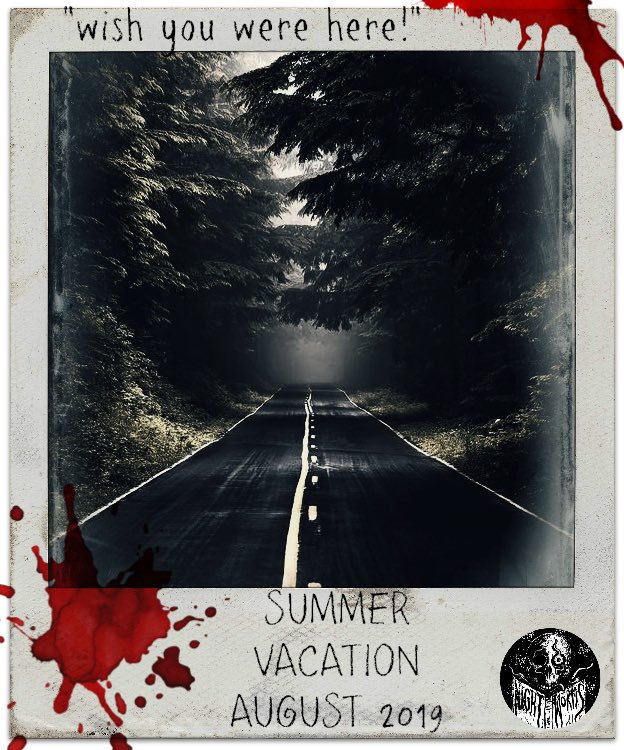
The Reaping by Bernard Taylor
My rating: 4 of 5 stars
In 2017, Grady Hendrix published Paperbacks From Hell: The Twisted History of ’70s and ’80s Horror Fiction. The lovelies at Valancourt Books launched a Paperbacks from Hell series in the Spring of 2019 and, of course, I jumped on the subscription offer for the first 6 editions.
Bernard Taylor’s 1980 novel The Reaping arrived in June and I’m pretty sure I read it cover-to-cover late one night out on the front porch, as one does in the summertime. The Paperbacks from Hell edition includes an introduction by Will Errickson.
This clever but uneven work leads the reader to assume they’re plunging in to a retro-modern Gothic tale about an artist commissioned to paint a portrait of a frail young heiress in a mysterious mansion. But once all of the squares are covered on the Gothic bingo card, the author begins flinging twists at the reader with gleeful abandon. Although it serves the story well not to waste momentum on any occult theories or ponderous monologues, the change in tone and pace are jarring and the ending is rather abrupt.
To be fair, the twists are fun and the ending works well enough. I found Thomas, the painter, realistically self-absorbed and enjoyed that the reader can never be sure whether he’s a great painter or not (avoiding spoilers), but his self-absorption also wears a bit thin at times. Nevertheless, an excellent inclusion in the Paperbacks from Hell series, which kicked off with the eco-horror of The Nest and was followed by When Darkness Loves You, which has an astronomically high level of what-the-fuckitude. It’s the Paperbacks from Hell context and Errickson’s fine introduction which nudge The Reaping from 3 to 4 stars.
View all my reviews at Goodreads or read the full versions with embedded links here. This review was originally posted on Goodreads June 03, 2019 and has been updated with links and additional information for this post.



